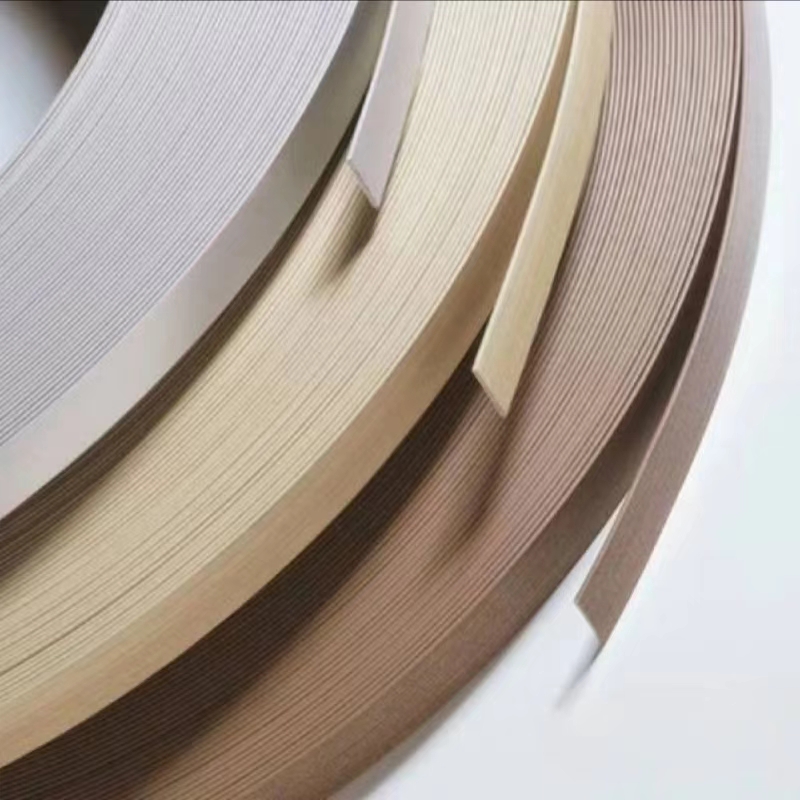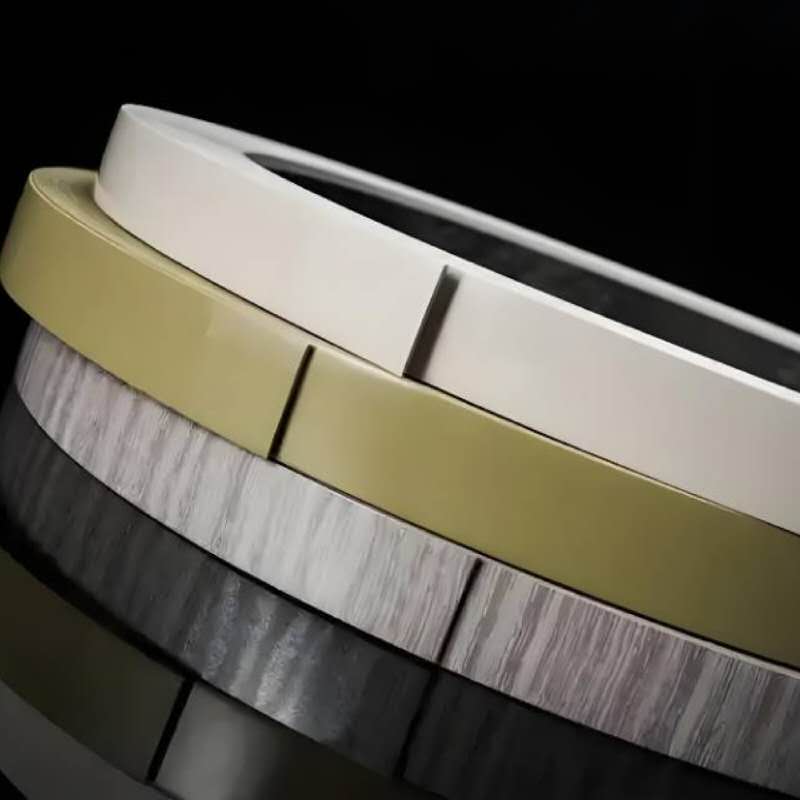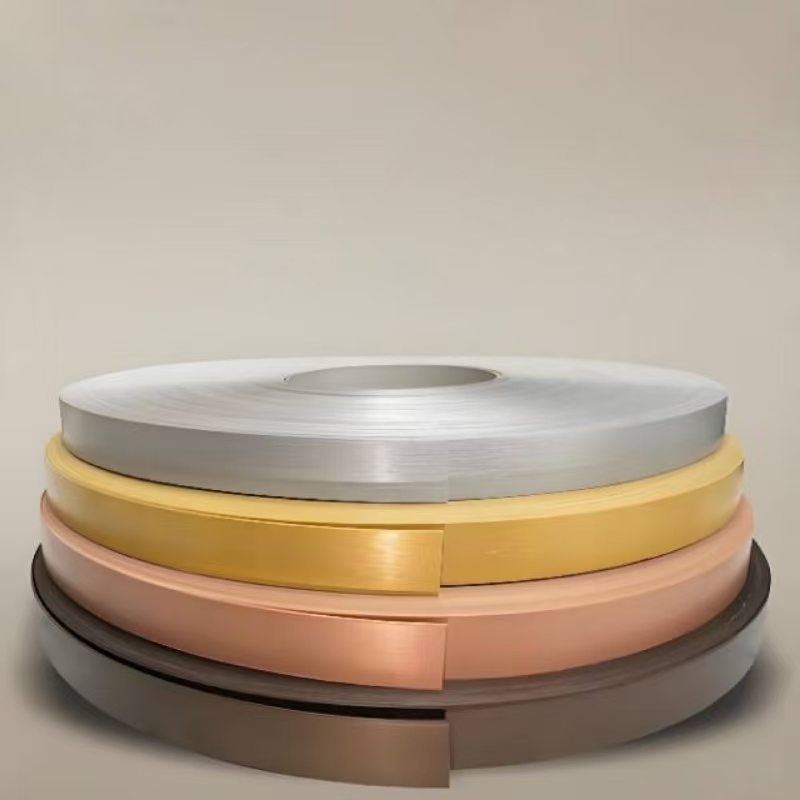Deep Embossed, Grain-Texture Edge Bands Shine
In the dynamic landscape of furniture manufacturing, the pursuit of precision, durability, and visual appeal has driven continuous innovation in auxiliary materials. Among these, edge banding—a critical component that seals the edges of furniture panels, prevents moisture intrusion, and enhances overall aesthetics—has emerged as a focal point of technological advancement. This year, three specialized edge banding variants—deep embossed edge banding, embossed edge banding, and grain-texture edge banding—have taken center stage, revolutionizing how designers and manufacturers approach furniture detailing. Industry reports indicate that demand for these texture-rich solutions has surged 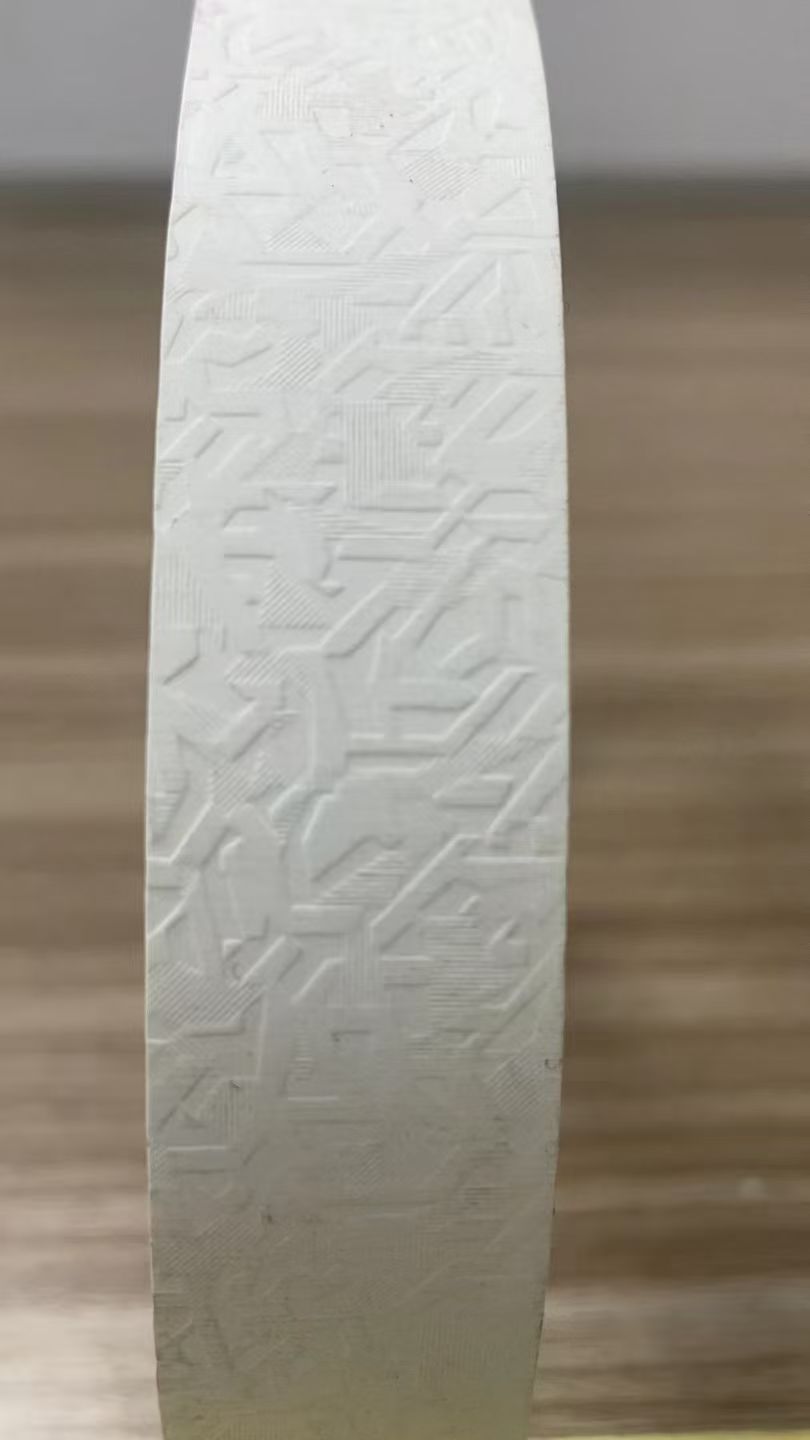 by 35% year-over-year, as both commercial and residential furniture buyers prioritize products that blend functionality with tactile and visual sophistication.
by 35% year-over-year, as both commercial and residential furniture buyers prioritize products that blend functionality with tactile and visual sophistication.
Embossed edge banding, the foundational variant of the three, has long been a staple in furniture production, but recent upgrades in manufacturing technology have elevated its performance and versatility. Traditional embossed edge banding features subtle, uniform patterns created by pressing a heated die against the banding material—typically PVC, ABS, or wood veneer—to mimic the look of natural wood grain, stone, or fabric. Today’s advanced embossing processes, however, use high-precision laser engraving and multi-layer pressure techniques to create sharper, more consistent textures that align seamlessly with the surface of furniture panels. This alignment eliminates the "disconnect" between panel and edge that once plagued cheaper edge banding, making embossed edge banding a top choice for mid-range furniture lines targeting homeowners and small businesses. A survey by the International Furniture Manufacturers Association (IFMA) found that 68% of manufacturers now use embossed edge banding as their primary edge solution for dining tables, bookshelves, and office desks, citing its cost-effectiveness and ability to match a wide range of panel designs.
Building on the success of embossed edge banding, deep embossed edge banding has emerged as a game-changer for high-end furniture and custom projects. Unlike its standard counterpart, deep embossed edge banding features pronounced, three-dimensional textures with depth ranging from 0.5mm to 2mm—deep enough to be felt distinctly by touch while maintaining structural integrity. This depth is achieved through a specialized dual-press process: first, a pre-heated mold shapes the base texture, and then a secondary press with adjustable pressure refines the details, ensuring the pattern remains crisp even after years of use. The result is an edge that not only looks authentic but also adds a tactile dimension to furniture, making pieces feel more luxurious and handcrafted. Luxury furniture brand Artisan & Co. recently launched a collection exclusively using deep embossed edge banding on its walnut and oak cabinets, reporting a 40% increase in sales due to customer feedback praising the "premium feel" of the edges. Additionally, deep embossed edge banding excels in high-traffic areas: hotels and restaurants across Europe have adopted it for bar counters and reception desks, as its deep texture resists scratches and hides minor wear better than smooth edge banding.
Complementing the embossed variants, grain-texture edge banding has carved a niche for itself by prioritizing hyper-realism, particularly for furniture designed to mimic natural materials. Unlike embossed edge banding (which can feature abstract or stylized patterns) and deep embossed edge banding (which emphasizes depth), grain-texture edge banding is engineered to replicate the exact grain patterns, knots, and even subtle imperfections of real wood, marble, or leather. Manufacturers achieve this by scanning high-resolution images of natural materials and translating those images into 3D texture maps, which are then etched onto the edge banding using digital embossing technology. The result is an edge that is indistinguishable from the natural material it imitates—so much so that consumers often struggle to tell the difference between a solid wood cabinet and one finished with grain-texture edge banding. This realism has made the variant a favorite among sustainable furniture brands, which use it to pair eco-friendly composite panels with the look of rare woods. "Grain-texture edge banding lets us offer clients the aesthetic they want without contributing to deforestation," says Maria Lopez, sustainability director at GreenFurnish. "It’s a win for both design and the planet."
The growing popularity of deep embossed edge banding, embossed edge banding, and grain-texture edge banding is also being driven by shifts in consumer behavior post-pandemic. As more people spend time at home, they are investing in furniture that feels personal and sensory—pieces that invite touch and create a cozy, curated environment. A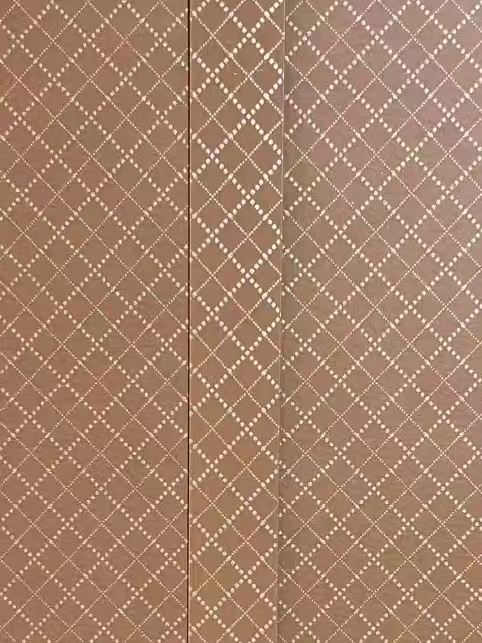 2024 study by consumer research firm Nielsen found that 57% of homeowners prioritize "tactile appeal" when purchasing furniture, up from 38% in 2020. This trend has prompted big-box retailers like IKEA and Wayfair to expand their offerings of furniture featuring embossed edge banding and grain-texture edge banding, making these once-specialized solutions more accessible to mainstream buyers. For example, IKEA’s new BESTÅ collection includes a range of storage units with grain-texture edge banding that mimics oak and pine, at price points 20% lower than similar solid wood options.
2024 study by consumer research firm Nielsen found that 57% of homeowners prioritize "tactile appeal" when purchasing furniture, up from 38% in 2020. This trend has prompted big-box retailers like IKEA and Wayfair to expand their offerings of furniture featuring embossed edge banding and grain-texture edge banding, making these once-specialized solutions more accessible to mainstream buyers. For example, IKEA’s new BESTÅ collection includes a range of storage units with grain-texture edge banding that mimics oak and pine, at price points 20% lower than similar solid wood options.
From a manufacturing perspective, the production of these edge banding variants has become more efficient and sustainable, further fueling their adoption. Many manufacturers now use recycled PVC and bio-based materials to create embossed edge banding and grain-texture edge banding, reducing their carbon footprint. Additionally, advancements in automation have streamlined the embossing process: machines can now produce deep embossed edge banding at speeds of up to 50 meters per minute, compared to 30 meters per minute just five years ago. This efficiency has lowered production costs, making high-quality edge banding more affordable for small and medium-sized furniture makers.
Looking ahead, industry experts predict that deep embossed edge banding, embossed edge banding, and grain-texture edge banding will continue to dominate the market, with new innovations on the horizon. Some manufacturers are exploring smart edge banding—integrating LED lights or RFID tags into embossed edge banding for use in commercial spaces like retail displays. Others are developing waterproof grain-texture edge banding for bathrooms and kitchens, expanding the variant’s applications beyond living rooms and bedrooms. "These edge banding solutions are no longer just a functional afterthought—they’re a design element that can make or break a furniture piece," says Thomas Chen, CEO of edge banding manufacturer EdgeTech. "As designers push the boundaries of what furniture can be, deep embossed edge banding, embossed edge banding, and grain-texture edge banding will be right there with them, enabling creativity and durability in equal measure."
In a market where differentiation is key, these three edge banding variants have proven their value by combining practicality with aesthetic innovation. Whether it’s the affordability of embossed edge banding, the luxury of deep embossed edge banding, or the realism of grain-texture edge banding, each solution caters to a unique set of needs—uniting manufacturers, designers, and consumers in their quest for furniture that is as functional as it is beautiful. As the furniture industry continues to evolve, one thing is clear: deep embossed edge banding, embossed edge banding, and grain-texture edge banding are here to stay, shaping the future of furniture design one detailed edge at a time.


